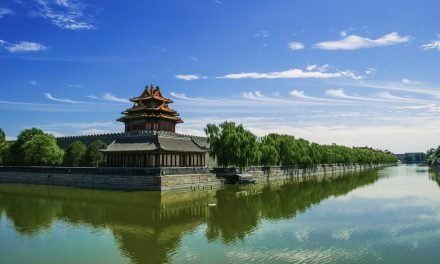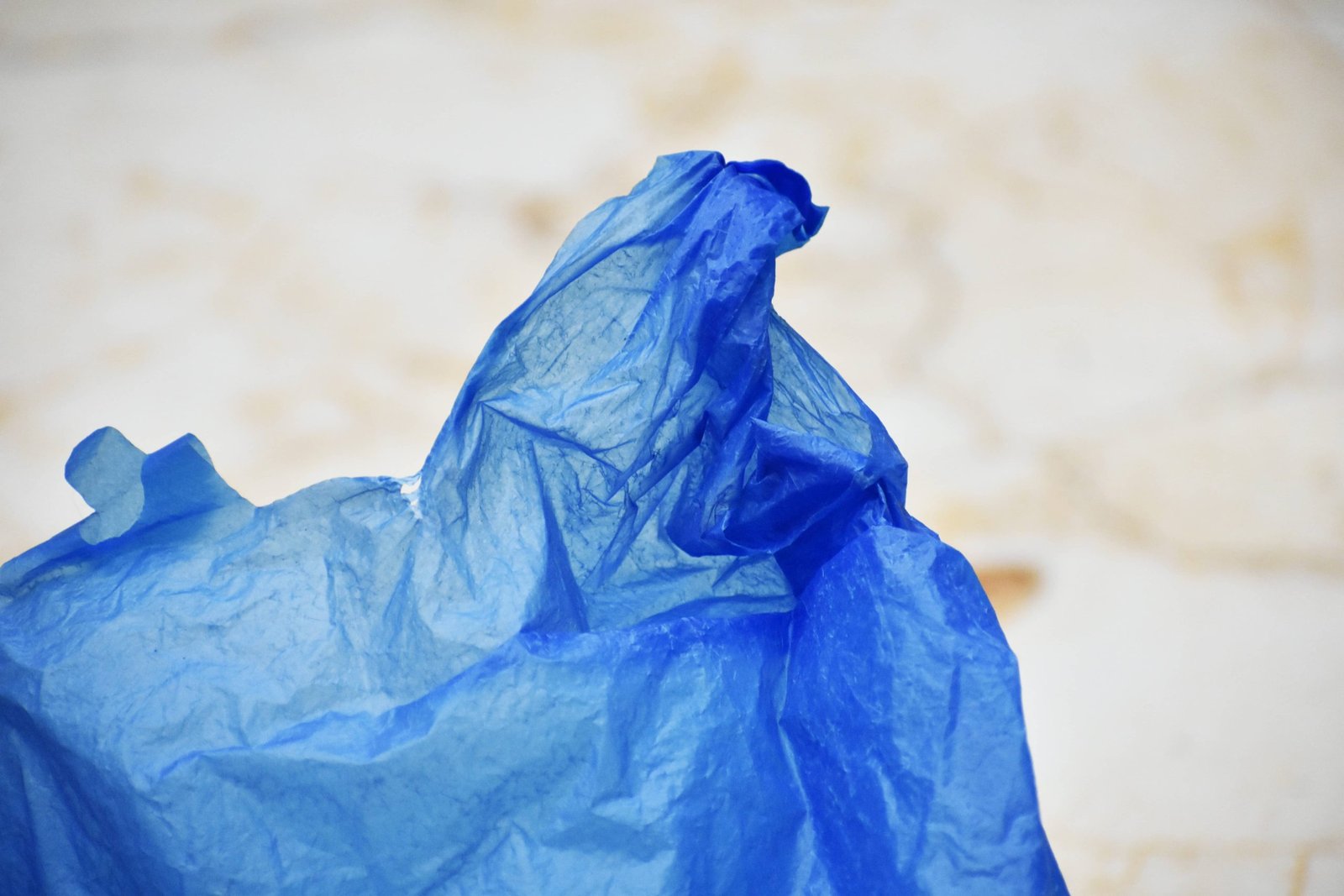IAEA experts, alongside international scientific observers, are set to visit Japan next week to start collecting marine samples near the Fukushima Daiichi Nuclear Power Plant. These samples will be used to validate Japan’s environmental monitoring efforts and assess their technical capabilities.
This initiative comes as Japan’s wrecked Fukushima nuclear power plant begins releasing a second round of treated radioactive wastewater into the sea, sparking both concern and controversy.
The plant’s operator, Tokyo Electric Power Company Holdings (TEPCO), activated pumps to dilute the treated water with seawater before slowly releasing it into the ocean through an undersea tunnel for offshore disposal.
The ongoing wastewater discharges, anticipated to last for decades, have faced strong opposition from fishing groups and neighboring countries, particularly South Korea, where protests have taken place.
China’s ban on Japanese seafood imports has also had a significant impact on the nation’s seafood producers and exporters.
During the first wastewater release, from August 24 to September 11, TEPCO discharged 7,800 tons of treated water from 10 tanks. The second discharge will involve another 7,800 tons released into the Pacific Ocean over 17 days.
TEPCO spokesperson Keisuke Matsuo stated, “So far, we are strictly following the procedures, and everything is moving smoothly as planned.” The release is closely monitored through seawater sample analysis at various locations near the plant.
This mission aligns with the IAEA’s ongoing safety review of the ALPS treated water discharges, ensuring that TEPCO and the Government of Japan comply with international safety standards.
The collected samples will be compared with those from the previous year to evaluate changes in radionuclide levels since the start of ALPS treated water discharges in August this year. Furthermore, this initiative supports the IAEA’s 2014 project aimed at ensuring quality assurance in marine environmental monitoring related to the FDNPS decommissioning.
About 1.34 million tons of radioactive wastewater are stored in around 1,000 tanks at the Fukushima plant, accumulating since the 2011 earthquake and tsunami. TEPCO and the government argue that releasing the water into the sea is necessary due to the impending capacity limit of the tanks and the space needed for plant decommissioning, expected to take decades.
They maintain that the water is treated to reduce radioactive materials to safe levels and diluted with seawater, making it safer than international standards. However, the continued release of low-level radioactive materials is a subject of ongoing scrutiny.
Japan’s government has taken various measures to counter the impact of China’s seafood ban, including setting up a relief fund and promoting seafood sales domestically.
The International Atomic Energy Agency has reviewed the safety of the wastewater release and concluded that, if carried out as planned, it would have a negligible impact on the environment, marine life, and human health.










